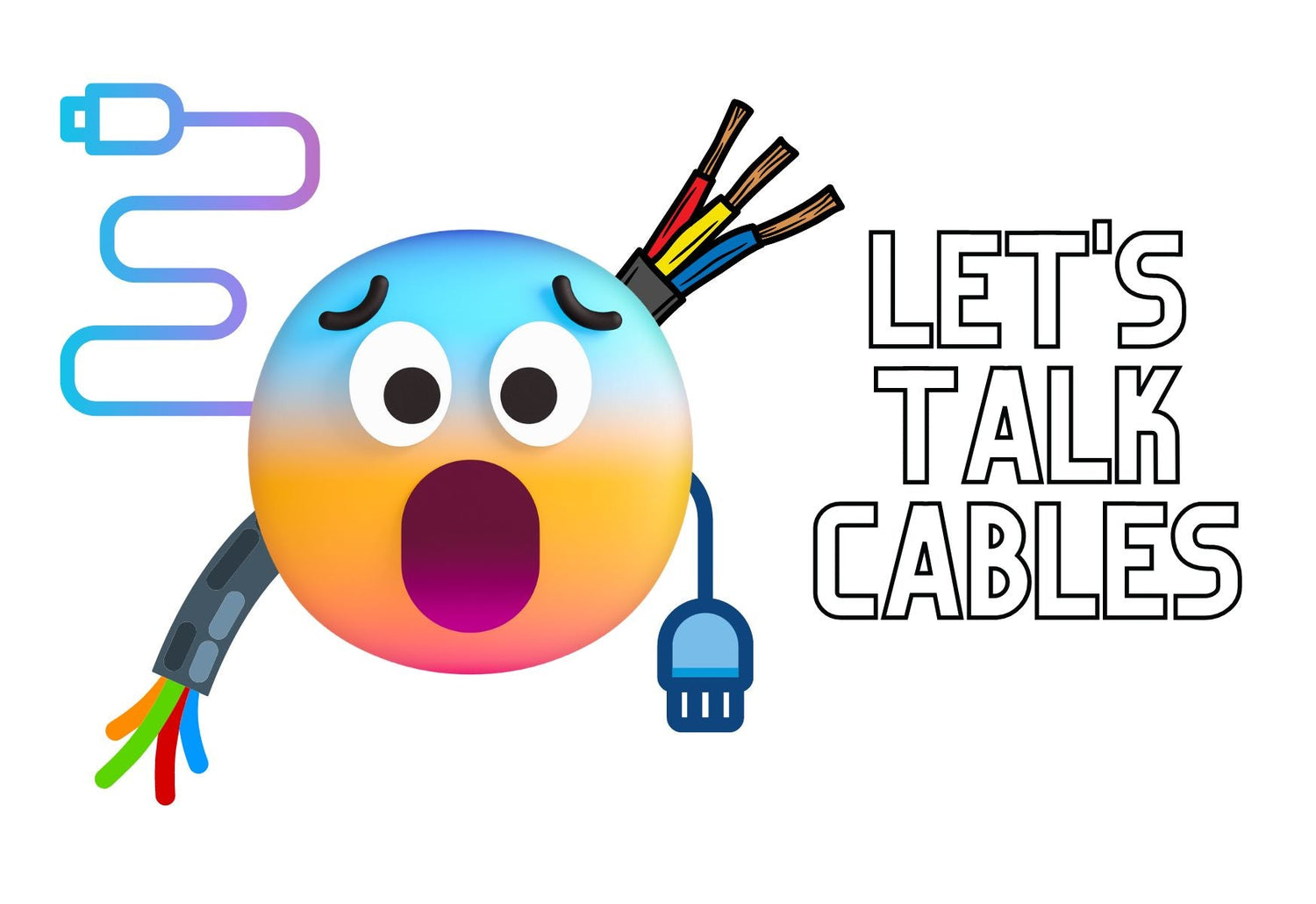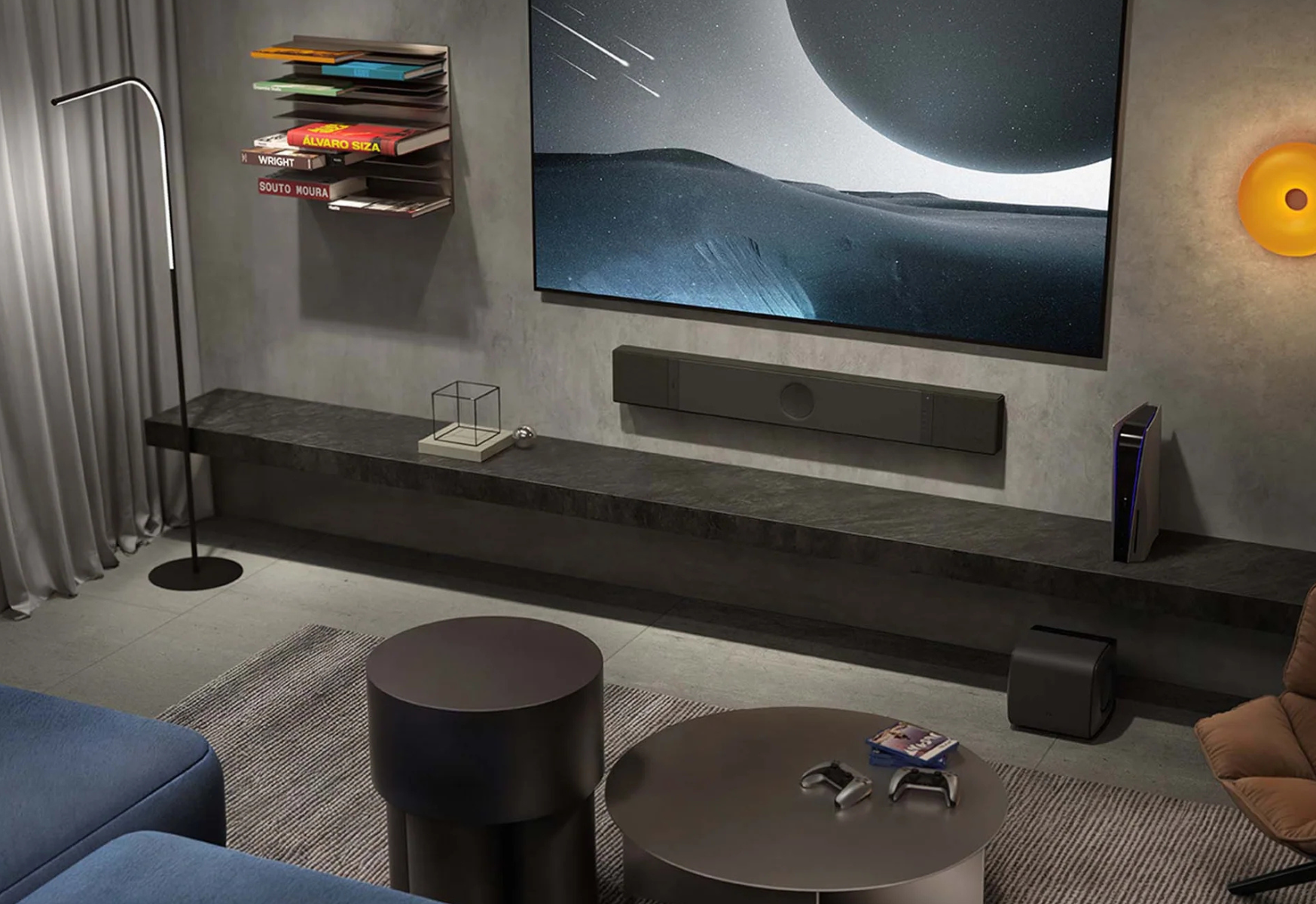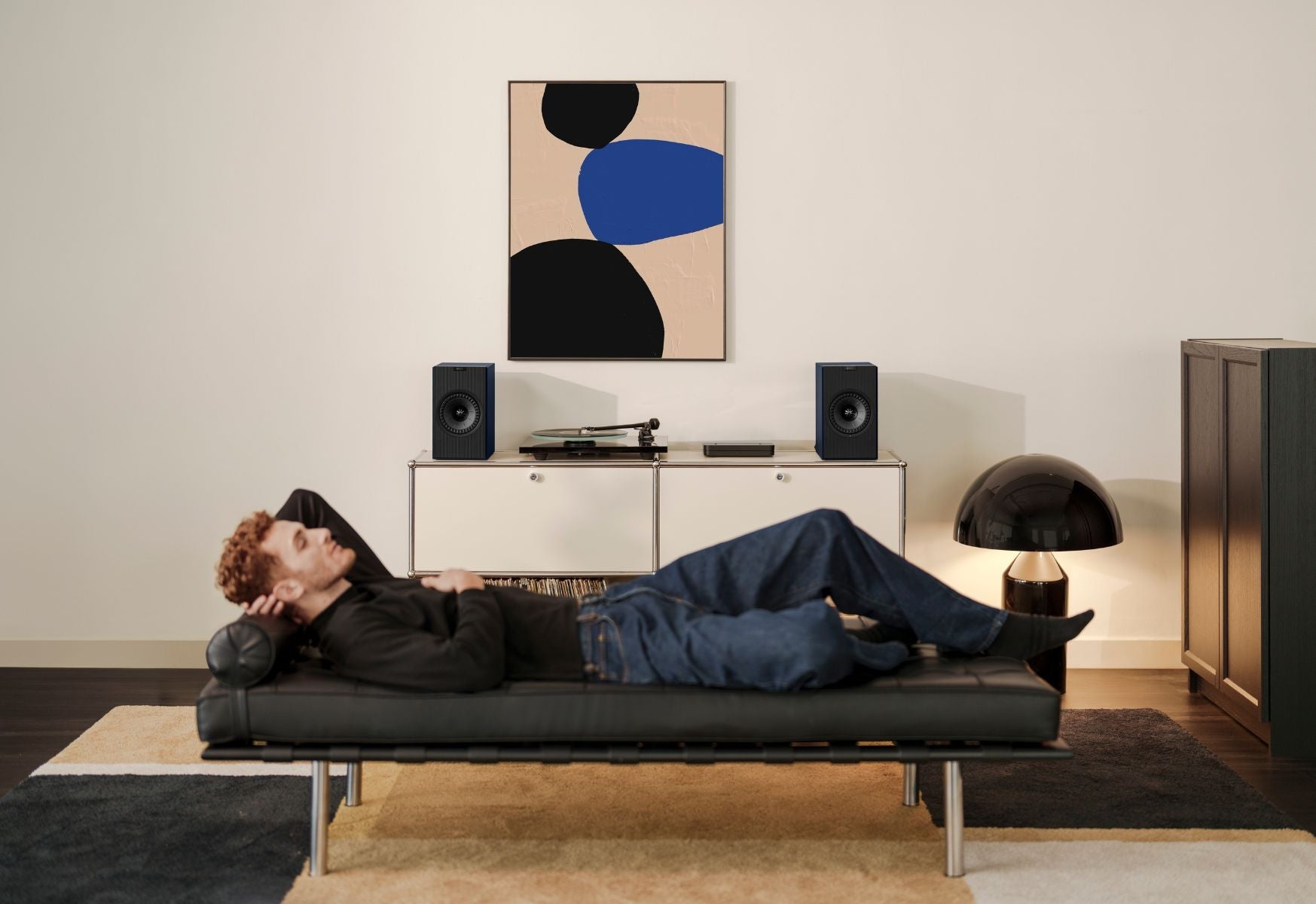Cables are a contentious topic. So contentious that I’d wager you’re either (A) genuinely curious and want to find out if it’s worth upgrading your system’s cables, or (B) gripping a cricket bat, ready to fight for the cable denialist cause. Either way, it’s nice to have you.
I’ve seen it all. On one end we get the client who takes a new cable home to try it on their system, and then rings us immediately to rave about how unbelievable the difference is. On the other end we get the skeptic who can’t (or perhaps won’t) perceive a difference, even if the ten people around them do...
How is this possible? Well in part, it’s a dance of expectation, education and perception. But there’s more.
So today I want to share what really makes cables worthwhile (because they are), what you must know about the cost of great cables, and the truth about cable ratios. Let’s begin!
Cables Unlock Value Of The Hifi Components You Already Have
If I told you that a high-end-enough cable could add more depth, more emotion, more anything to your system, what would that make me?
A snake oil grifter indeed. The #1 thing anyone needs to know about cables is that they’re passive components. Your system’s sound quality comes from the active components: the speakers, the streamer, the amp, and so on. Cables simply string them all together. They can’t “add” anything at all.
Passive as they are however, they matter immensely, because all cables atrophy the audio signal to some degree. They take something away by virtue of their resistive properties. Thus, the aim of improving your system with a better cable is to choose one that takes less away from your system. And there’s much more to be heard! If your system is chained together with cheap, bottom range cabling, you almost certainly aren’t hearing what your investment can really do.
Alarming? I hope so… if you shelled out for a system that would give you richer, more exciting musical experiences, that is. Personally, I’d hate to treat myself to a $90 wagyu strip only to squirt $2.69 Black & Gold tomato sauce on it. You shouldn’t either.
Here comes the “but.” Imagine you run off to your nearest hi-fi shop and ask them to lend you a range of speaker cables from reputable brands to test, say at $200, $2,000 and $10,000. You rush them home and plug each in to test it. First the $200 — immediate improvement. Next the $2,000 set — another jump up in performance. You think, “Wow! Maybe the more I spend on speaker cables, the better my speakers will perform.” All excited, you connect the $10,000 cables, prepare to be blown away, and… well… yeah it’s a bit better, but not $8,000 more so than the previous set.
This doesn’t necessarily mean the $10,000 cables aren’t worth their price tag. It also doesn’t necessarily mean they aren’t a lot better than the $2,000 pair. It could simply mean that your speakers’ full potential was "unlocked" by the $2,000 pair. The better the cables the wider the bottleneck… and at some point, the full potential of your system comes through.
Now, before I go further into price and what constitutes a worthy cable for a worthy system, I need to do some damage control. For my cricket bat toting friends, the urge to swing must be unbearable. After all, many people buy good hi-fi systems, plug cheap cables in, and are happy with the results. So…
How Can Changing The Cables Make A Difference?
Well, did you know that as an audio signal (which is a blend of different frequencies) is delivered to a cable, the resistance profile of that cable affects each frequency differently? And did you know that the resistivity of copper is almost 10% greater than that of silver? What about the fact that every electrical signal creates a magnetic field, which influences the electrical signal of all nearby conductors?
We could go on about the science and, if we did, you might doze off. Or perhaps you’d find it interesting, and maybe even decide that the physics of it all proves there must be a difference between cables. But even that may ultimately be a distraction. So let’s cut to chase, shall we? What really matters is how a system sounds to YOU.
That’s why when “hifihobbyist326” posts his measurements of a $1 USB cable from Amazon versus a $60 one from a reputable brand… and concludes that there’s only a small difference, so “never spend more than $60 on a USB cable”… you should be skeptical. Even the most well-researched and well-written reviews of this kind tend to ignore important nuances, and are really pushing it with claims like that.
It’d be like putting a $20,000 Hyundai i30 and a $60,000 Mercedes A250 on a dynamometer, comparing the engine performance readings, and saying "Well, the performance and engine capacity is about the same, even though the A250 is $40,000 more than the Hyundai. Therefore, there's no point in buying an expensive car."
In reality, there's a raft of reasons why someone would prefer the A250. Often those reasons are experiential, and don’t reveal themselves in hard measurements… like the feeling of driving it, of sitting in the seat, of gripping the shift knob… let alone the aesthetic and emotional satisfaction.
Bringing it back to hi-fi cables, the measurements of that $60 USB cable are not the same thing as the effect it has on a particular system’s sound. Further, it may indeed sound no better than the $1 Amazon one — it could be an OEM cable, rebranded with fancy sheathing — and if that was the case, it certainly would make zero sense for you to buy it. But absolutely none of this is a reason to disregard higher-priced USB cables in general. A test with a small sample size that’s grasping for some objective way to quantify something subjective is… irrelevant.
So only once you have properly educated yourself, researched some reputable brands and products, and tested some potential options, should you make a judgement for yourself. And I do mean yourself — going off of forums and secondhand information is a gamble.
But What About The "Measurement" Argument?
Ah yes. The old "but if it doesn't measure better, how can it be better?" We've heard this time and time again. Some forum troll, wannabe influencer or industry member seeking fame will publish an article where they measure the differences in frequency response and distortion between a $10 cable and a $1000 cable, find no difference, then use that to say that all cables are the same.
What a ridiculous argument to make. First off, there are so many things in life that measure the same but has no relevance to their application. As mentioned earlier, cars, for example, are commonly compared in terms of horsepower, 0-100 km/h times, number of doors - but these specifications have no relevance to how a car feels to drive. Anyone that has driven a similar specification Mercedes, BMW and Audi back to back will know that they are completely different driver experiences.
Secondly, what these tests miss out on is time-domain performance. While it sounds a bit fancy and mysterious, what time-domain performance relates to is:
- How quickly signals rise and settle after a transition,
- How much energy the cable stores then releases microseconds later
- Whether there's ringing or smearing after sharp edges
- How consistent the propagation delay is
- Whether timing stays stable at different signal levels
- How well impedance stays constant along the path.
What the cable deniers completely miss when talking about "measurements" is that the measurements are performed using a steady-state, controllable input signal - something that music is not. I don't know about you, but I don't generally enjoy listening to a 2000 Hz test tone. Saying that a cables are all the same because they measure the same when fed by a signal generator is like saying all wine tastes the same because they're made from grapes, or that all soft drinks taste the same because its made from water. Idiots.
Now, What Of Those Cable Prices?
There’s an awful wide range of them, from a few dollars a metre, to eye-watering amounts. Few things in hi-fi deliver “sticker shock” like premium cables.
Here’s how you make sense of it. First, as in any technical industry, the performance-to-cost ratio starts to diminish at a certain point. As engineers and designers push the limits of what’s technologically possible, R&D costs rise. Years of effort, countless prototypes, failed experiments… all necessary waste products to eke out another performance boost.
Are these inventors just masturbating on the consumer’s dime? No, actually… this process is imperative to keep the entire industry moving forward.
Ever heard of noise cancelling? So have I. It’s now present in hundreds if not thousands of headphones and earphones, at almost every budget. But did you know that, much to their financial advisor’s chagrin, Bose (who invented noise cancelling) spent an astronomical 15 years and more than 50 million dollars before launching their first pilot model to American Airlines’ business class customers?
The road to much loved technology is paved in coin. In the cable world, early adopters who enjoy the modest-but-perceptible audio improvements of an innovator’s flagship cable — and allow themselves the budget to support that innovator — are the ones making sure those roads get paved.
It’s not all about that, though. Second is production cost. After you pay the engineers, you have to pay the builders. Take the Nordost Odin Gold range, with products starting at $50,000 a metre. There’s gold (literally, gold) up the length of the cable and through to the conductor. Gold has highly sought after metallurgic attributes, and Nordost found a way to leverage them for huge sonic improvements. To make it happen however, it takes days’ worth of machine and human hours to produce a single length of cable. The price tag of an Odin Gold, and most other premium cables, is always a function of the cost of actually making it.
Third and finally, there's the more nebulous concept of “Is this product worth it?” The only person that can decide whether something is worth the cost is you. How do you know if a $1,000 bottle of wine is worth it? By trying it. How do you know if the $150,000 luxury car is worth it? By test driving it. So it is with cables. The only way to decide if they're worth the asking price is to try them. Go to your nearest hi-fi shop, ask them to lend you the cable you're interested in, and try it in your setup. If you can hear a difference and justify the price tag, then it's worth it. Which brings us to…
What's The Best Cable Ratio?
Don’t know what I mean? This is the notion that I should buy cables that cost a certain percentage of my system. For instance, if I’ve spent $10,000 on a pair of speakers, the speakers cables should be say, $2,000 for a 20% cable-to-speaker price ratio. (We’ve heard that exact figure many times over.)
This is utter bollocks.
Firstly, 20% is arbitrary. Why not 25%? Or 17.5%? Who makes up these rules? Chase the advice back to the source, and you’ll find there’s no concrete in that foundation. It’s based off nothing.
Secondly, price is a (very) faulty predictor of performance. I dive into this crucial concept in our article, What Does High-End Audio Actually Mean?, but in short, price and performance are loosely and non-linearly related. The $10,000 pair of speakers that you’re buying cables for? It might be a rather poor quality set with a huge brand reputation markup. So estimating which cables will reveal its full potential on price is useless.
Recently, we were visiting another dealer and discussing cables and DACs. He had two DAC models from the same brand priced at $2,500 and $10,000. We were showing him one of the (then) new Nordost Valhalla 2 USB cables, which goes for $5,000. The dealer was surprised to find the $2,500 DAC fed by the $5,000 Valhalla 2 USB cable outperformed the $10,000 DAC fed by a generic black computer cable… a testament to the losses incurred by a 2 cent mass-produced USB cable, as well as the excellent preservation and definition of digital pulses by the Valhalla 2. Garbage in, garbage out, as the programmers would say.
Let's Recap
All cables, by virtue of their resistive properties, atrophy your audio signal. Ideally, you’ll connect your system with cables that do so to a lesser-enough degree, that 100% of your system’s true potential shines through.
Higher-priced cables often, but not always, perform better and the quality of a system substantiates that difference. The price tag isn’t some arbitrary markup — it’s a function of the cost of innovation and production.
Leave those in the "cables can't make a difference because they measure the same for a very specific, and unrelated to their application testing environment" camp alone. Let them be, as they're too busy listening to beeps and boops from a signal generator in their parent's basement. Enjoy. The rest of us can listen to music.
And finally, TEST your way into a decision, and settle for nothing less. This is an industry of enjoyment. Do your hi-fi investment justice and try some high-end cables to see if you’re really getting the full picture. Good hi-fi shops are experience centres that know the importance of this, and will lend you cables to try on some reasonable basis.
Only your ears can measure if a sound is better for you. If a nice cable makes your system sound better, and it fits your personal enjoyment budget, then buy it. If not, don’t buy it. And if you still haven’t put that cricket bat down… for Pete’s sake, be happy with your budget cables and stop disparaging those who enjoy exploring their options. Nobody likes you.




